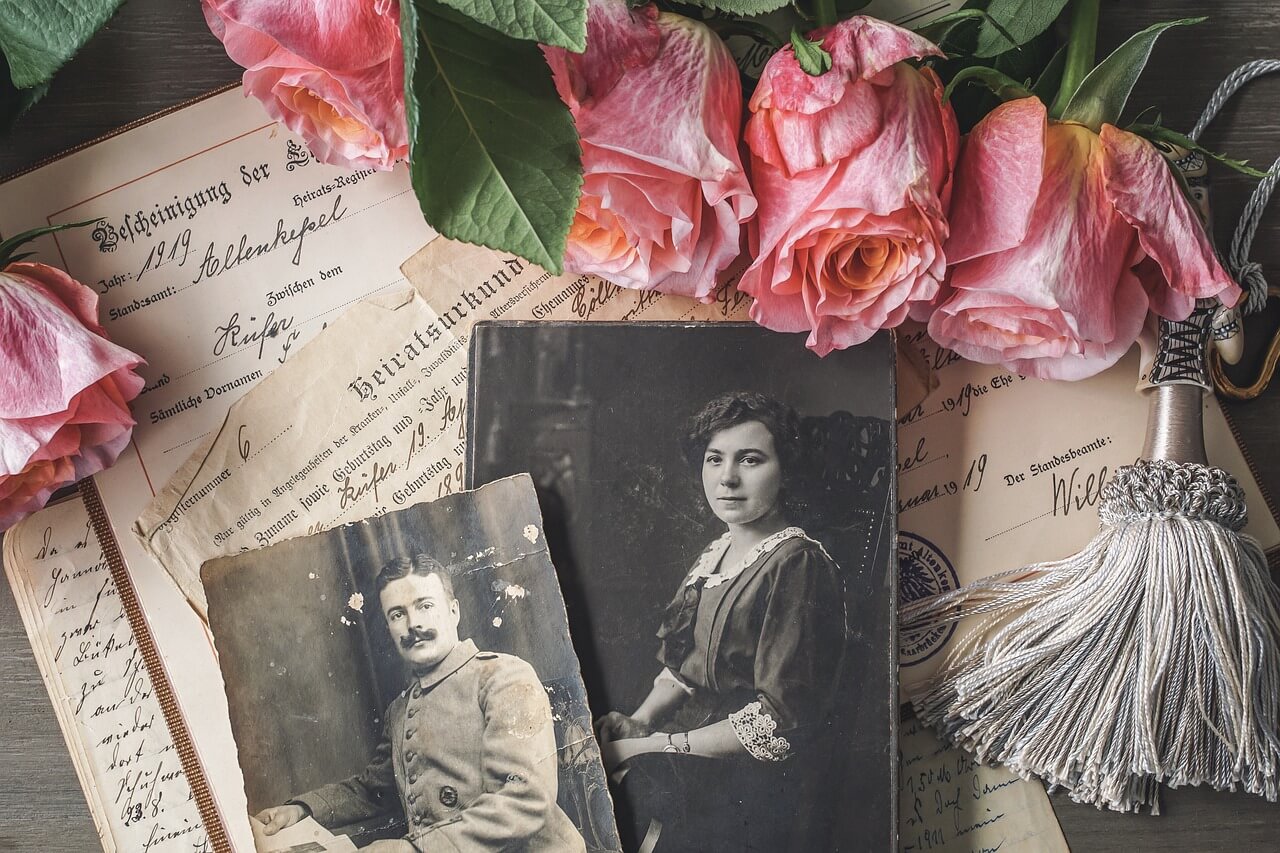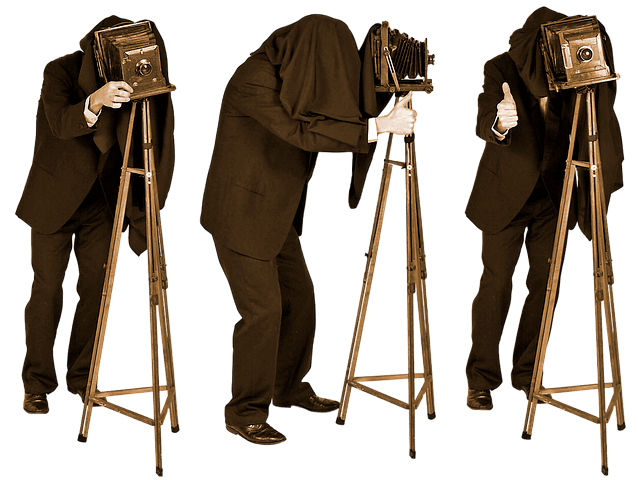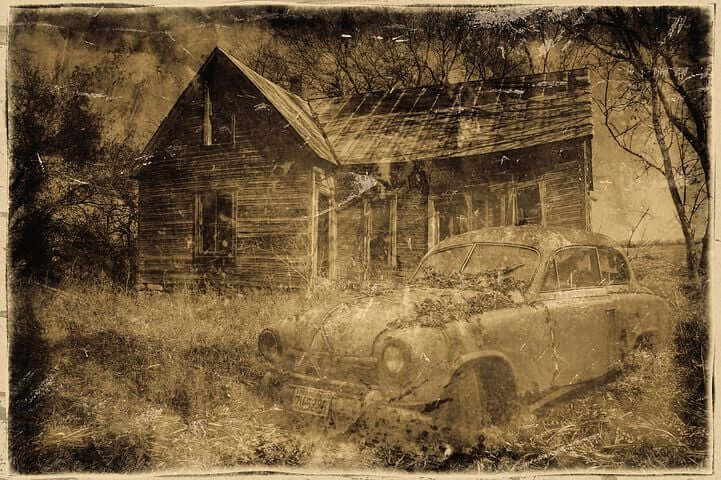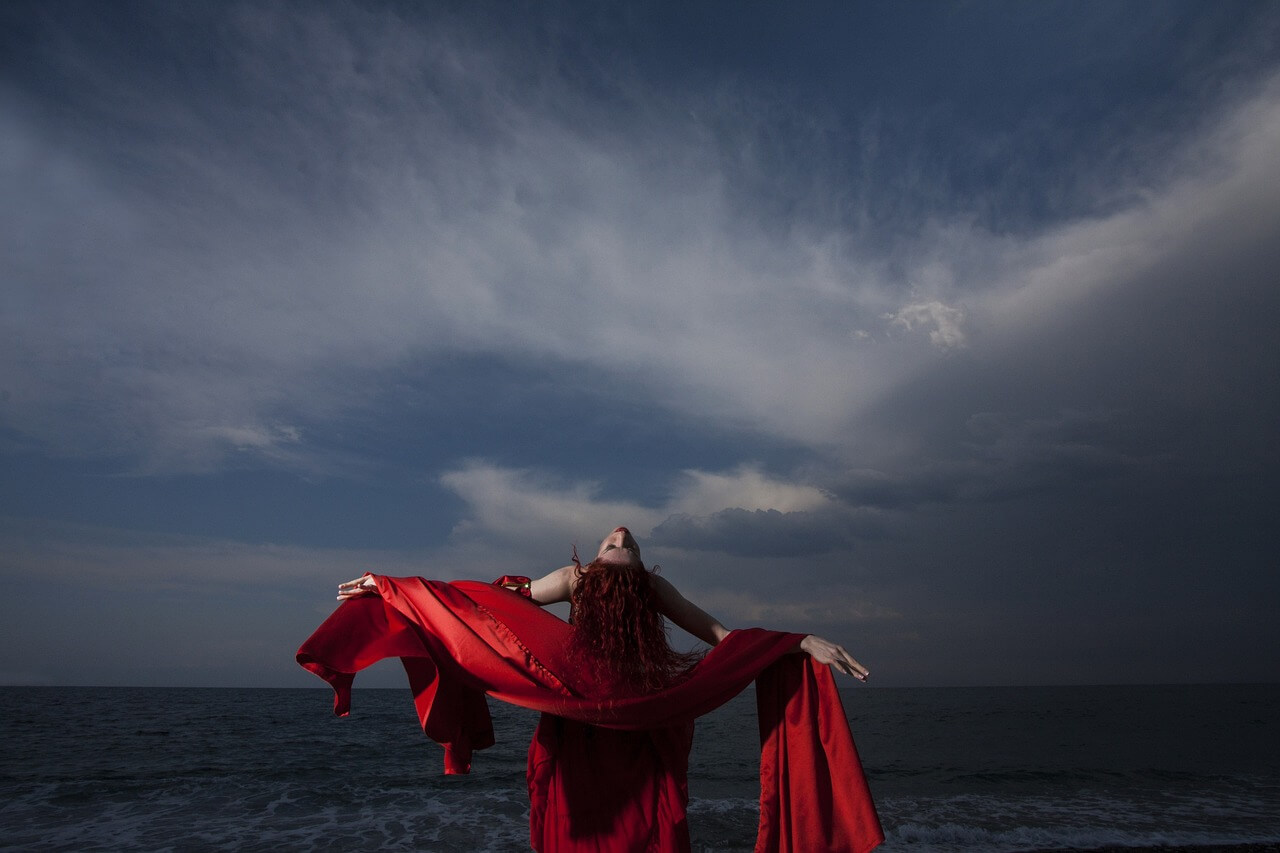History of Photography: A Breakdown
12/10/2023 2023-10-12 17:42History of Photography: A Breakdown
One of the most mesmerising creations in the world is photography. What could be better than seizing and freezing memories, emotions and experiences in a single frame? A picture truly speaks a thousand words. It’s chasing the perfect moment where time stands still and capturing a silence that speaks to you. Nowadays, technology and social media have made it easy to take as many pictures as you want and share them with the world. But that wasn’t always the case. A deep dive into the history of photography will show you why.
Let’s take a look at the evolution of photography, who invented photography, the history of camera, and more.
When Was Photography Invented?

The ideation and experimentation with photography first began in the 5th century BCE, and it took the camera 200 years to evolve into what it is today.
To understand how the evolution began, let’s look at the history of photography timeline.
5th Century BC
The basic principles of optics and the concept of photography were first described by the Greek and Chinese philosophers in the 5th – 4th century BC.
Mozi, the Chinese philosopher, discovered the idea of the camera obscura (under a different name) as a tool for collecting light rays and projecting images in the 4th century BC. Later on, Aristotle went on to expand on Mozi’s ideas.
Camera Obscura: 1100 AD
In the 11th century, the art of photography finally started. A medieval scientist and mathematician from Iraq named Ibn al-Haytham, also known as Alhazen, developed the camera obscura (derived from the Latin word “dark room”).
Around the same time, another scientist named Shen Kuo was experimenting with the camera obscura.
During this time, the camera was either a room or a box-shaped device. A small aperture pinhole allowed light in, projecting an image from the outside to a surface inside.
However, the camera obscura didn’t capture images. It projected the image upside down on a surface. These projections were then used to trace and produce accurate illustrations and pictures of objects like people or buildings.
13th to 15th Century
In the 13th century, the camera obscura evolved from a device used to cast projections to one that could help humans observe eclipses, thanks to an English philosopher.
By the time the 15th century rolled around, artists were widely using the device. Finally, in the 17th century, basic lenses and a portable camera obscura were introduced.

The 18th Century: Photography Inventions
A French inventor, Joseph Nicéphore Niépce, who is the father of photography, invented the art in 1822. The first camera picture in the world was taken in 1826, named “View from the Window at Les Gras”.
He experimented with a bitumen-coated pewter plate and exposed light on it using a camera obscura. The bitumen was exposed to long hours of light and eventually solidified in the exposed areas. The unexposed areas could be removed, and the first photo was born!
Daguerreotype Process
In 1829, Niépce partnered with French inventor and artist Louis Daguerre. After Niépce’s death, Deguerre continued his legacy and created the Daguerreotype process.
Later, Alphonse Giroux created a daguerreotype camera in 1839. It was also the first photo camera device manufactured for mass production. To produce the cameras in France, Giroux secured a deal with Daguerre.
In the mid to late 1800s, wet plate emulsion, dry plates and Daguerreotypes were developed. These three techniques were greatly influential in modern photography.

Following this period, flexible film rolls were introduced. Then came the instant film (1948), the SLR camera (‘50s), compact cameras (1970-80), and the first digital camera (1975-91).
Now, in the present day, photography has made a huge jump from cameras to in-build cameras in our phones. Take a look at contemporary photography history.
Contemporary Photography History

Modern photography has no specific chronology. It took a long time for artists to experiment with the art form. To give a specific time frame, the earliest art forms of photography are called vintage photography.
Between the late 1800s and the 1960s, the Modernist style emerged quickly after the growth of photography. Over the past few decades, innovative and developing technologies have altered and moulded photography.
Modern photographers frequently use these innovations to offer fresh perspectives on traditional subjects and settings. However, “contemporary photographers” have only been recognised as prominent figures in the last 50 years.
In a few decades, what we currently consider to be contemporary photography may no longer be. Technology usage will surely influence modern photography, even though there isn’t a particular aesthetic or underlying philosophy.
Next, we’ll list some of the most noteworthy names in photography and their contributions to the industry.
Famous Artists Throughout History
- Alfred Stieglitz (1864-1946): A prominent photographer who actively contributed to making photography an accepted art form.
- Dorothea Lange (1985-1965): A documentary photographer of migrants. She captured the famous “Migrant Mother”.
- Margaret Bourke White (1904-1971): The best and first female war photojournalist. She also took the last portrait of Gandhi before he was assassinated.
- Diane Arbus (1923-1971): Pioneer in urban street photography focused on unique societal characters.
- Raghunath Rai Chowdhry (1942-Present): Honoured with the Padmashree award for photojournalism of the Bangladesh war.
- Steve McCurry (1950-Present): Noted for the famous “Afghan Girl” photo.
- Dayanita Singh (1961-Present): New Delhi-born portrait and documentary photographer.
- Annie Leibovitz (1949 – Present): Popular for capturing dramatic celebrity photos
Notable Events in Photography History
The art of photography has been through many changes and developments. Here are some momentous events in the history of photography:
- The word “photography”: Coined in 1839 by Sir John Herschel, an inverter, chemist, mathematician, astronomer and experimental photographer.
- Multiple photos: Fox Talbot, a British Scientist, turned light-sensitive paper into a negative using certain chemicals from which multiple positive prints could be made.
- First war photograph: Roger Fenton took the first war photograph during the Crimean war.
- The transition from back and white to colour: in 1907, the Lumiere brothers developed coloured photos.
- Colour film: Edward Raymond Turner, a British photographer, patented colour motion picture film in 1899. However, George Albert Smith’s Kinemacolor, introduced in 1906, is credited with developing the first fully working system.
- Easy-to-carry cameras: Oskar Barnack, a German engineer, designed a portable, easy-to-carry film camera. He designed a prototype in 1913 that captured still photos on a 35mm camera.
- First camera to be sold: In 1925, the company, Lietz, released the first 35mm camera called Lecia for sale.
- Instant photography: In 1947, American physicist Dr Edwin invented the polaroid camera, that’s a trend to date.
- Digital cameras: Invented in 1974 by Kodak’s supervisor, Gareth Lloyd.
- Commercial digital camera: The first digital camera was sold by Kodak in 1991.
- Introduction of camera phones: Started in 2000 in Japan, and the rest is history
Conclusion
Knowing the history of photography is important for any aspiring photographer. Photos are created for many reasons and disciplines, such as art, science, journalism, travel, and propaganda. It ascended the ladder of relevance in the art world thanks to its capacity to capture motion, retain a moment, and establish history, memory, truth, and identity.
Early photographers produced photos with a more scientific edge; they experimented with technology, chemicals, materials and equipment.
Artists took a long time to begin creatively experimenting and expressing themselves with photography. Then the modernist style emerged between the late 18th century and the 1960s. Photography then started to scale, and contemporary photography was born.
Enrol at the JD Institute of Fashion and Technology for a course in Fashion Photography if you want to pursue a career in this field. You can apply for a 3-month diploma course after completing 12th grade. Check out the details today and plan your career curve!













